ISSN ONLINE(2319-8753)PRINT(2347-6710)
ISSN ONLINE(2319-8753)PRINT(2347-6710)
Pradeep S. Chauhan, S. P. Singh
|
| Related article at Pubmed, Scholar Google |
Visit for more related articles at International Journal of Innovative Research in Science, Engineering and Technology
The Phasor Measurement Unit (PMU) is an important tool for monitoring and control of the power system. It gives real time, synchronized measurements of voltages at the buses and also current phase values which are incident to those buses where these PMUs are located. This paper presents a topological approach to determine the optimal PMU placement in order to make the system completely observable using binary integer linear programming. The proposed formulation istested on various IEEE test systems and results so obtained for complete observability of system at normal condition and with loss of single PMU are also presented in this paper. The proposed PMU placement has been implemented on IEEE -14, 30, 57 and 118 bus systems, practical 75-bus system of Utter-Pradesh State Electricity Board (UPSEB) and New England 39-bus system.
Keywords |
| Phasor Measurement Unit, Optimal PMU Placement, Integer Linear Programming. |
INTRODUCTION |
| PMU is a measuring device used to measure voltage and current phasors. PMUs use a global positioning system (GPS) pulse to provide synchronized measurements of real time phasors of voltage and currents [1]. A power system is said to be observable when voltage phasors at all the buses are known viz. Obviously, when PMUs are installed at all the buses of network, and the measurements of all PMUs are communicated to control centers, then voltage phasors at all buses (and current phasors in all transmission lines) would be known. This technology can potentially change the traditional state estimation to state measurement [2]. However, as described later in this section, even when PMUs are not installed at all the buses, a power system may be observable if the voltage phasors at the buses without PMUs can be calculated using the network parameters and the PMU measurements at other buses.Such buses are said to have pseudo-measurements [3]. |
| A number of PMUs are already installed in several utilities around the world for various applications such as adaptive protection, system protection schemes, and state estimation [1]. Other application areas include wide area monitoring and control (WAMC), stability monitoring, and enhanced as well as efficient system utilization. PMUs are an integral part of smart grids, and hence the rate of PMU installations is increasing. One of the most important issues that need to be addressed in the emerging technology of PMUs is their placement, which is influenced by the intended system application. The important factor limiting the number of PMU installations is their cost and available communication facilities, the cost of which may be higher than that of the PMUs [1]. So the communication and cost constraints of PMUs have motivated power engineers and researchers to find minimal PMU placement for intended applications. |
| Several techniques and algorithms have been proposed for optimal PMU placement for power system observability during normal operating conditions [1], [3]- [6]. Optimal PMU placement for complete and incomplete observability has been proposed in [1] using spanning trees of a power system graph. An integer programming based method for optimal placement of PMUs is proposed in [4-5] for complete observability of a power system. |
| The proposed integer programming formulation has considered system cases with normal condition and with single PMU outage. A generalized integer linear programming (ILP) method for optimal PMU placement has been discussed in [6-9] which includes cases of full observability, incomplete observability and placement of a PMU for redundancy [10]. Duae.t al. [11] have discussed various aspects of the optimal PMU placement problem, and have proposed a procedure for multi-staging of PMU placement in a given time horizon using ILP. Multi-stage scheduling determines the locations of PMU placement in different stages of time horizon, and would be useful when utilities have cost constraint to place all the required PMUs in a single project. Thus, several methods and algorithms have been proposed for optimal PMU placement. However, they only ensure the observability during healthy operating conditions. Only a few papers [12]-[13] have discussed optimal PMU placement to locate a fault in a power system. |
| If a set of measurements available is sufficient enough to locate the position of any fault within a system, then the system is said to be fault observable. An observable system under normal operating conditions may not be fault observable. This is because a fault in a transmission line changes the network configuration, and a faulted network has one more bus (fault-point) than the corresponding healthy network. In order to restore the system operation quickly after a fault, it is necessary to precisely locate and correct the fault in a transmission line as soon as possible. Different fault location algorithms have been proposed for locating faults in transmission lines. Different algorithms have different assumptions and require different sets of input data. In summary, it has been found that synchronized measurements at both ends of a transmission line result in the most accurate fault location. Therefore, ideally, placing PMUs at all the system buses makes the system fault observable with good accuracy of fault location. However, due to the cost constraints, optimal PMU placement is desired for the purpose of fault observability as well. |
| The paper is arranged in IV sections, section I covers the introduction part. Section II explains the basic principles forobservability of the system. Section III explains OPP problem formulation and section IV present the simulation results, comparison and implementation of the PMU in different practical systems. Lastlysections V, VI covers the conclusion and references respectively. |
II. OBSERVABILITY RULES |
| Power system observability is important for finding out the real time monitoring and state estimation of the system. The network is said to be observable if sufficient measurements are observable, such that all the states of the system, as well as the current and voltage phasors at all the buses can be estimated. There are three classes of algorithms used for this purpose, namely, numerical, topological and hybrid techniques. For a network to be numerically observable, its gain or measurement Jacobian matrix should be of full rank [14]. A network is said to be topologically observable if it contains at least one spanning measurement tree of full rank [15]. Since numerical observability technique involves calculation of huge matrices, topological approach is more preferable. Thus, this approach has been used in the work. The topological observability techniques focus on finding a spanning tree of full rank with the placement of the PMUs for Wide Area Monitoring (WAM) purpose. While formulating the optimal PMU placement (OPP) problem, there are certain rules and assumptions which are to be followed [16]. |
| i. For PMU installed buses, voltage phasor and current phasor of all its incident branches are known. These are called as direct measurements. |
| ii. If voltage and current phasors at one end of a branch are known then voltage phasor at the other end of the branch can be obtained. These are called pseudo measurements. |
| iii. If voltage phasors of both ends of a branch are known then the current phasor of this branch can be obtained directly. These measurements are also called pseudo measurements. |
III. OPP PROBLEM FORMULATION |
| The OPP problem can be divided into different subsections as shown below: |
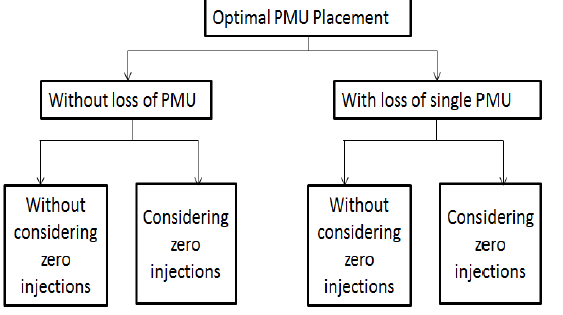 |
| The OPP problem formulation based topological observability method finds a minimal set of PMUs such that a bus must be reached at least once by the PMUs to make it observable. The optimal placement of PMUs for an N bus system is formulated as follows: |
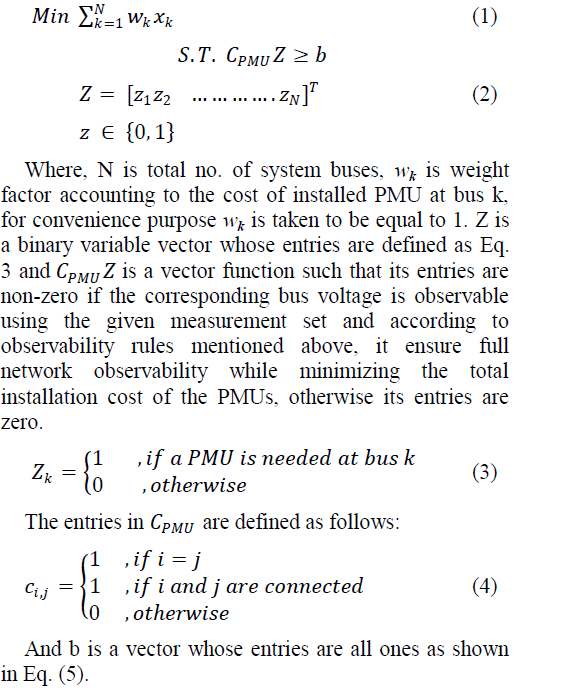 |
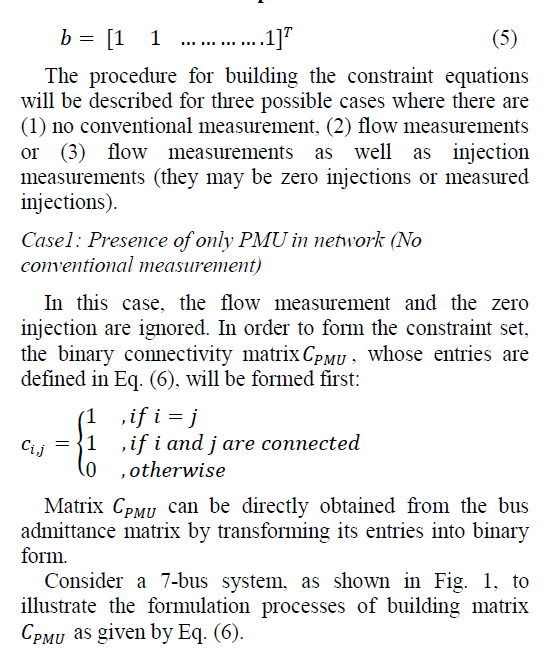 |
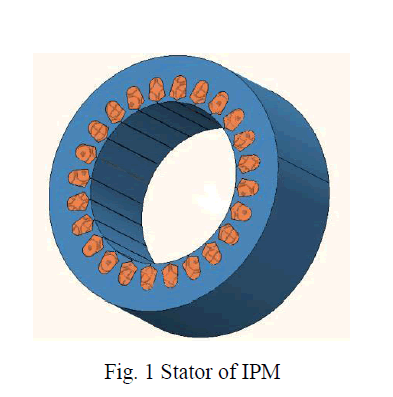 |
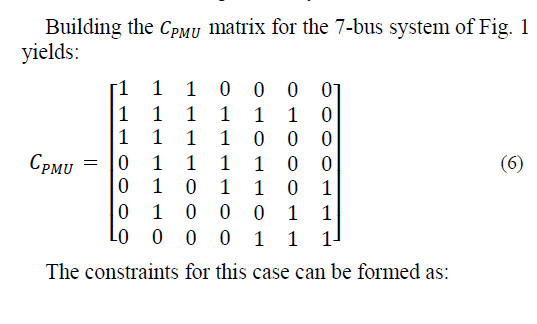 |
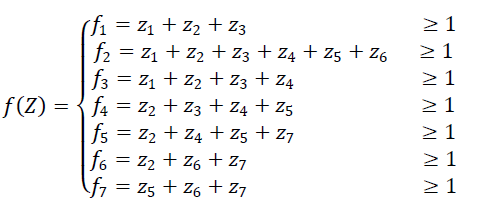 |
| The operator “+” serves as the logical “OR” and the use of 1 in the right hand side of the inequality ensures that at least one of the variables appearing in the sum will be non-zero. The constraint f1 ≥ 1 implies that at least one PMU must be placed at either one of buses 1, 2 or 3 (or at each buses) in order to make bus 1 observable. Similarly, the second constraint f2≥ 1 indicates that at least one PMU should be installed at any one of the buses 1, 2, 3, 4, 5, or 6 in order to make bus 2 observable. |
| Or in other words for the complete observability of the system the rank of the connectivity matrix should be equal to the total no of buses present in the systemviz |
| Rank of matrix Cpmuïÿýïÿýïÿýïÿýïÿýïÿýïÿýïÿý = Total no of buses present in the system |
Case 2: Loss of single PMU |
| Till now, it is considered that each bus is observable by one PMU and these PMUs, placed by proposed algorithm, will function properly. PMUs highly reliable but, if because of any disturbance in power system or for maintenance purpose any of these optimally placed PMU is out from system than some of the buses connected through it may not remain observable. To guard against such unexpected failure of PMUs, a strategy is developed to account for single PMU loss. This objective is accomplished if all buses are observable by at least two PMUs. These PMUs will function in two sets, one will work as primary set and other set will work as backup set. So, if one PMU from primary set will not function than backup set will make the system observable. |
| To get these sets of PMU, the objective and constraint function will remain same with the only change in matrix b. For this case the elements of matrix b will be equal to 2 instead of 1, as for previous case, as shown below: |
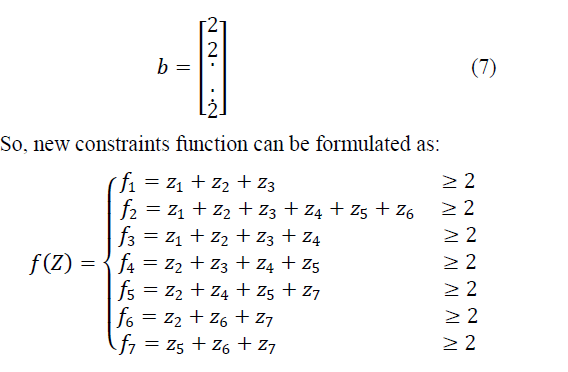 |
IV. SMULATION RESULTS |
| The proposed formulation is tested on various IEEE test systems and two practical systems namely New England-39 bus and UPSEB-75 bus system. The method explained in section III has been simulated by developing a MATLAB program and used to solve the PMU placement problem. And the results obtained for complete observability of system at normal condition and with loss of single PMU are shown in the table 1 and table 2 respectably which will be beneficial for real time monitoring, fault detection and voltage stability analysis. Figure 3 and figure 4 shows UPSEB -75 bus test system for complete observability of system at normal condition and with loss of single PMU respectably. |
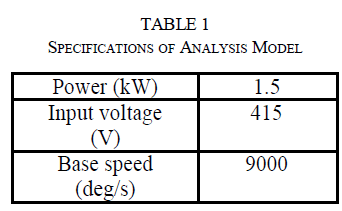 |
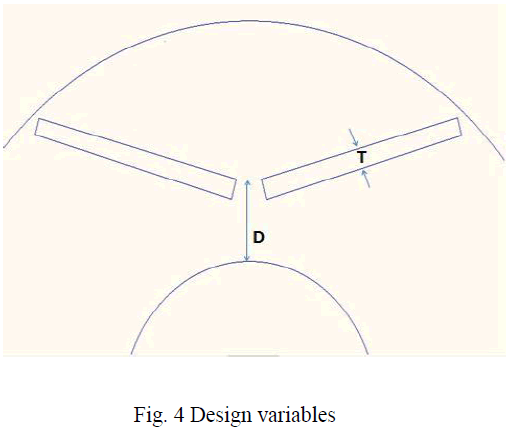 |
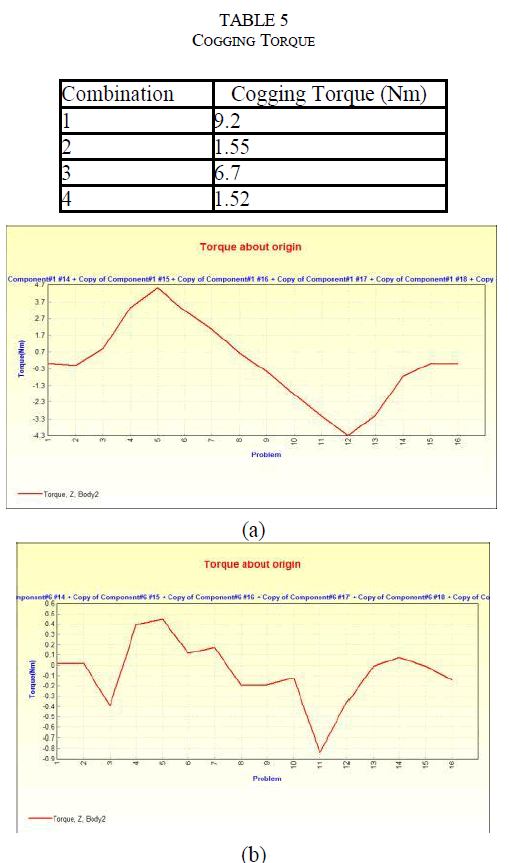 |
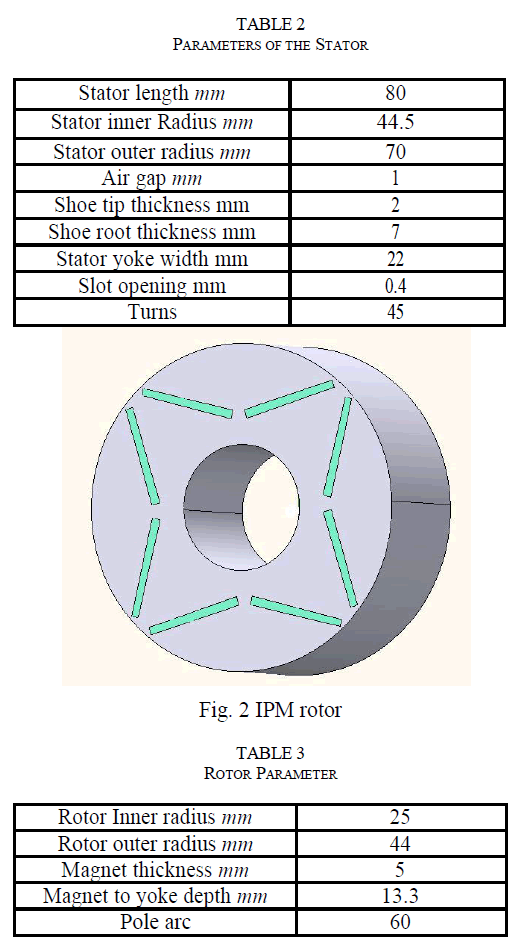 |
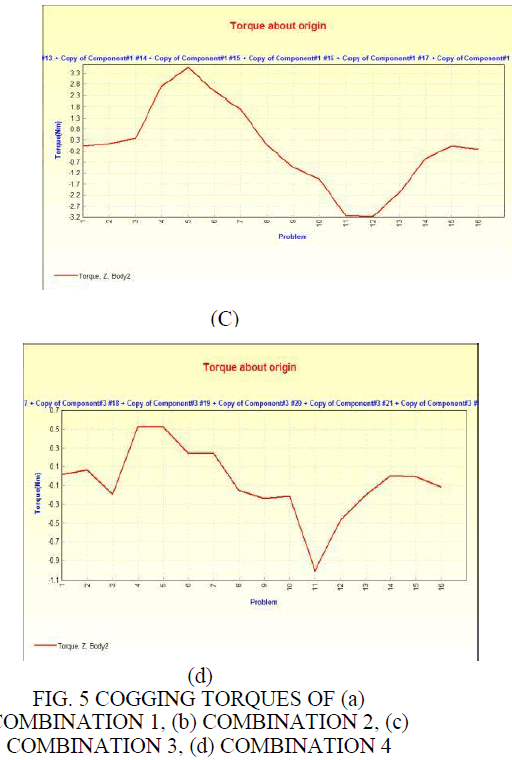 |
| A comparative study is also done by comparing the results so obtained from the proposed method with Binary Particle Swarm Optimization (BPSO) and GAMS [17] for complete observability of the various test systems. In comparative analysis it is found that, though the locations obtained are not unique but the optimized value of objective function and numbers of PMUs obtained are same, as depicted by table 3 and table 4. |
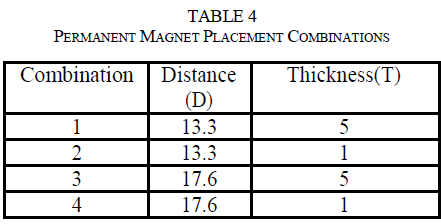 |
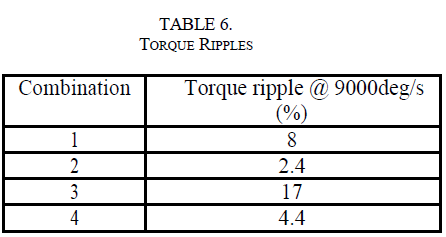 |
V. CONCLUSION |
| This method proposes a simple algorithm of optimal placement of PMU’s in power system for full observability of network. The OPP problem is formulated using topology based algorithm and solved using binary integer linear programming. Besides the placement of PMU’s at normal condition, this study also considers the PMU placements when there is single PMU outage. The present case also accomplished the two objectives, first to develop practical methods for determining optimal locations for PMU’s and second is to develop the methods for implementation and to obtain test results. Simulation result on different IEEEtest systems, 39- New England and UPSEB 75-bus system indicate that the proposed placement method satisfactorily provides observable system measurements with minimum number of PMU’s. |
References |
|